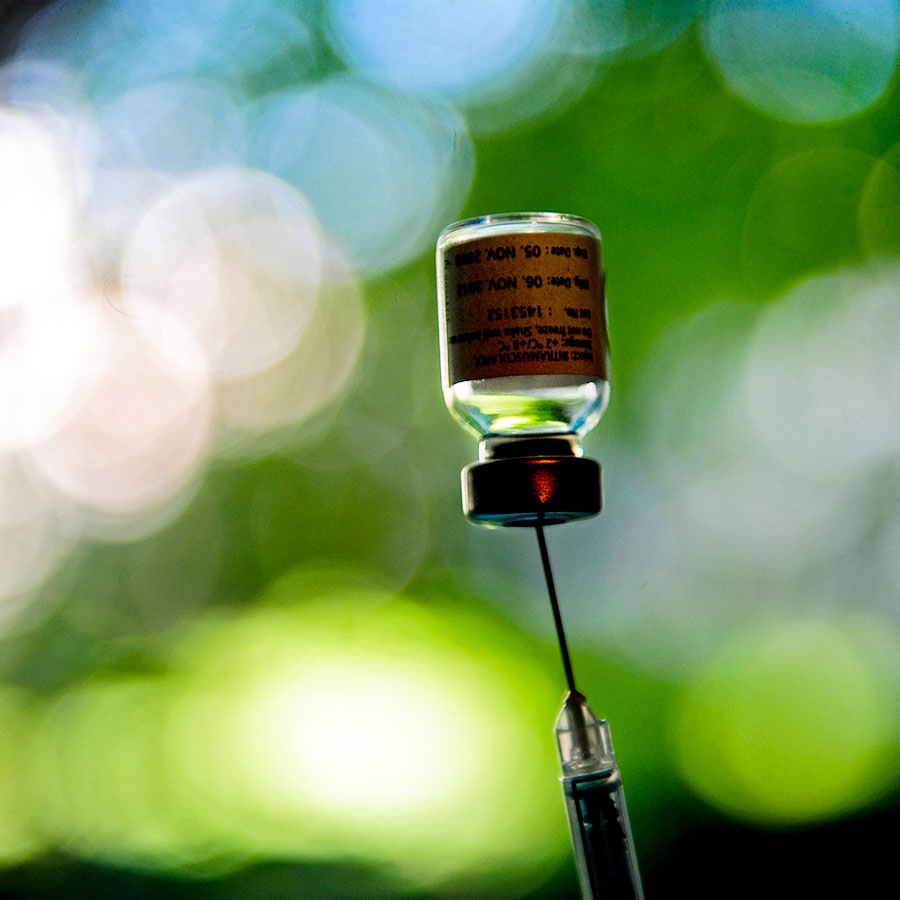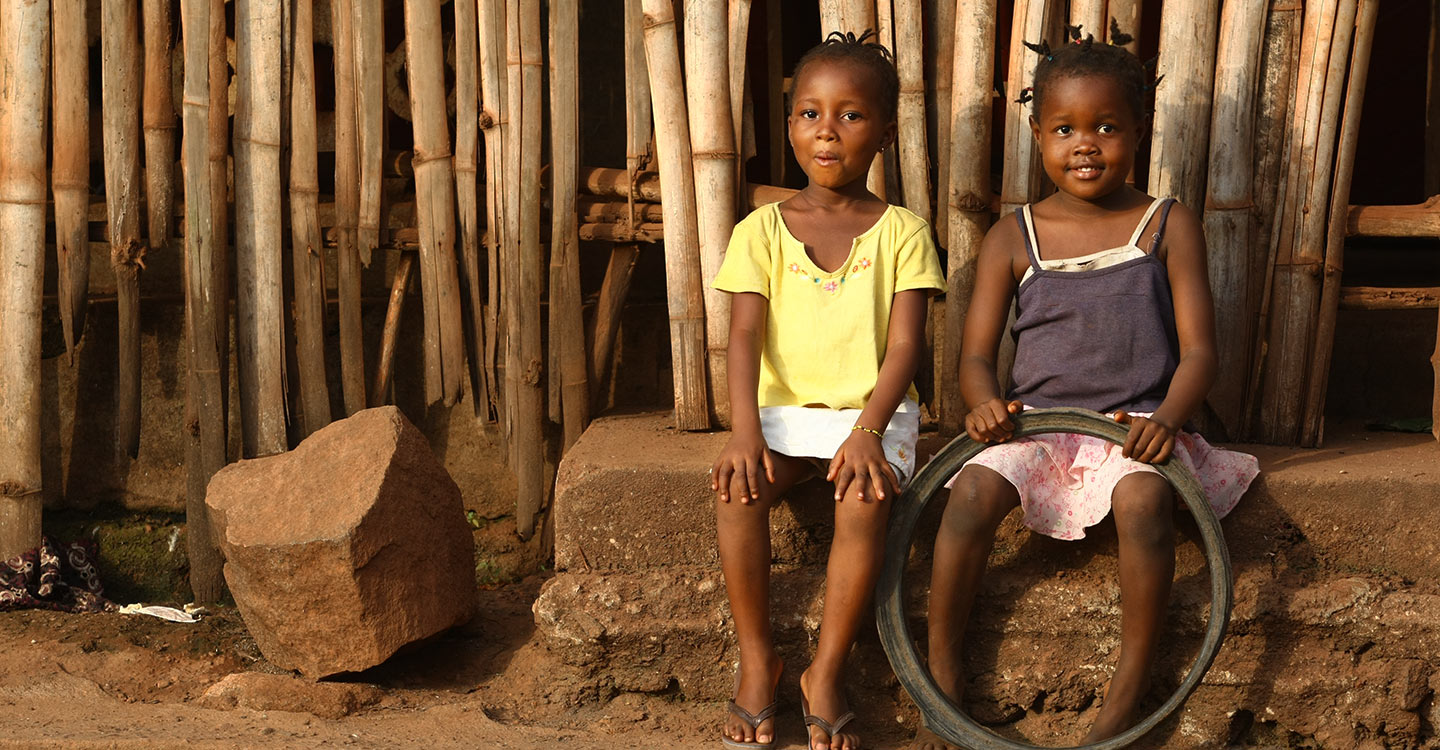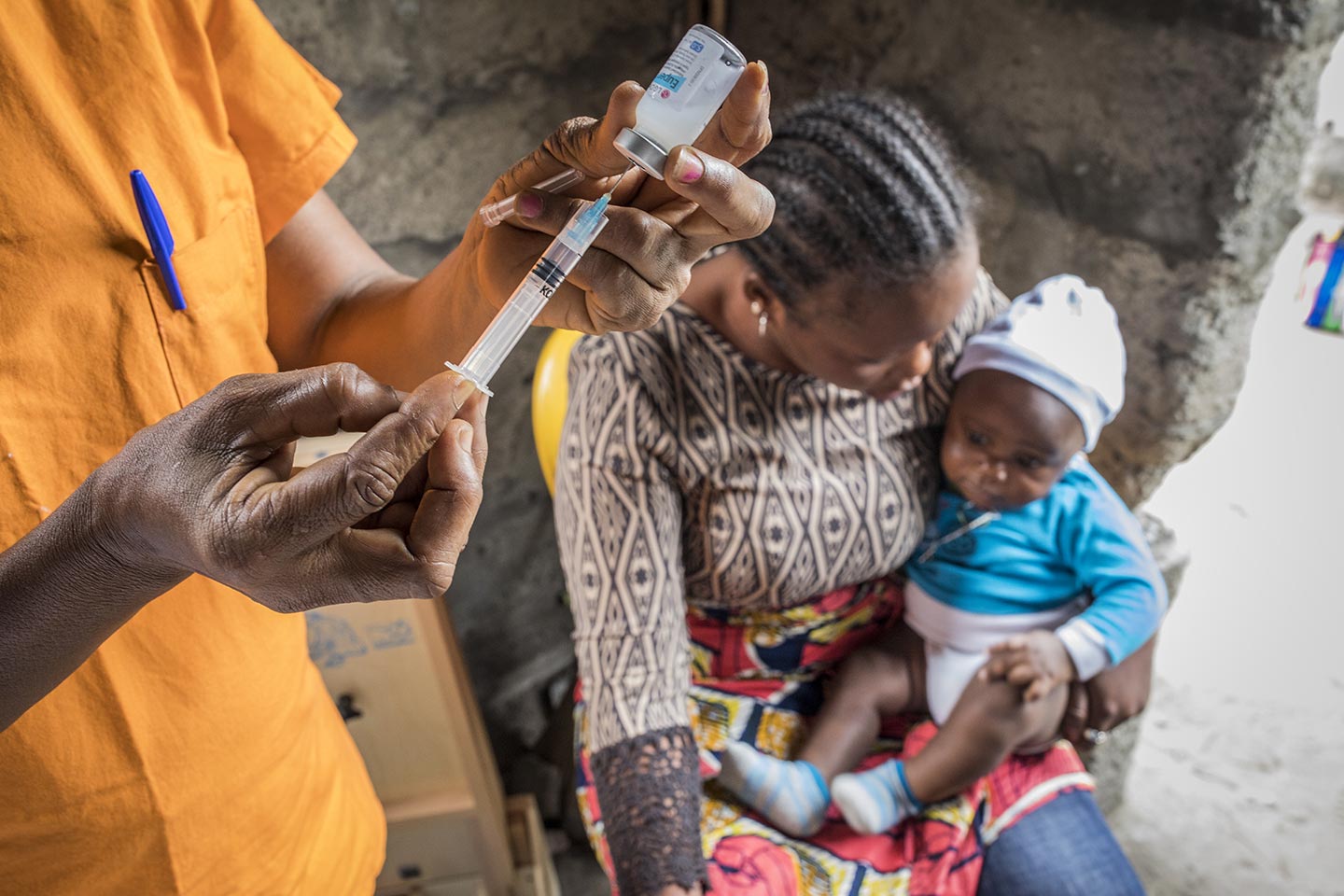Gavi’s market shaping efforts aim to make life-saving vaccines and other immunisation products more accessible and affordable for lower-income countries.
Healthy markets for vaccines and other immunisation products allow manufacturers to plan production based on known demand, donors to maximise their investments and, most importantly, developing countries to buy suitable products at prices they can afford.
Market failures
Market forces do not always serve low-income countries well. Historically, uncertain funding and demand for vaccines led to manufacturers not having the incentive to invest in new products at affordable prices for developing countries.
As a result, there was often a long time lag between the time a vaccine was available in rich countries and when it was introduced in developing countries.
Gavi was created to address these market failures. Through our market shaping goal, we make proactive efforts to improve the health of markets for vaccines and other immunisation products.
SUPPLY AND PROCUREMENT STRATEGY 2016–2020
The supply and procurement strategy guides our work towards achieving our fourth strategic goal to shape markets for vaccines and other immunisation products.
Gavi’s first vaccine supply and procurement strategy ran from 2011 until 2015. Thanks to strong collaboration with partners and manufacturers it made considerable progress on its market shaping objectives to secure a sufficient and uninterrupted vaccine supply, minimise vaccine costs, and ensure appropriate and quality products.
Despite good progress, challenges remain. Not only has the vaccine market landscape evolved significantly since 2011, but Gavi’s vaccine portfolio has doubled from 6 to 13 vaccines. These developments, coupled with our new strategy’s stronger focus on improving coverage and equity, have guided the development of a new supply and procurement strategy for the 2016–2020 period that extends beyond vaccines to include high performing cold chain equipment. New vaccine products and presentations are now offered according to our product portfolio management principles and successful market shaping tools such as ‘supply & procurement roadmaps’ and ‘demand forecasts’ continue to be refined.
Our market shaping efforts benefit all the countries we support. In addition, fully-self-financing countries might have access to prices similar to those paid by Gavi for certain vaccines depending on certain conditions and for set periods of time after our financial support stops.

Priorities
The supply and procurement strategy has three priorities:
- delivering on healthy markets;
- taking a long-term view of markets; and
- driving innovation to better meet country needs.
The healthy markets framework
In 2016, the Gavi Secretariat, UNICEF and the Bill & Melinda Gates Foundation jointly developed a “healthy markets framework”.
The framework helps us to develop common strategies for vaccine markets across the Vaccine Alliance, track progress against the “healthy market dynamics” indicator in our 2016–2020 strategy, inform our supply and procurement roadmaps and support UNICEF’s procurement strategies and processes.
We have committed to improving the health of six vaccine markets between 2016 and 2020.
2021-2025 strategy: The healthy markets goal
Ensure healthy markets for vaccines and related products.


Supply and procurement roadmaps
Supply and procurement roadmaps help guide Gavi’s market shaping efforts by analysing the dynamics of each vaccine or other immunisation product market.
Product information for vaccines and cold chain equipment
Detailed product profiles and the Cold Chain Equipment Technology Guide help countries decide which vaccine presentations or cold chain equipment are the best “fit” for their immunisation programmes.


Vaccine demand forecasting
Long-term strategic demand scenarios offer visibility into future market needs to Gavi stakeholders.
The Vaccine Innovation Prioritisation Strategy
VIPS represents an unprecedented three-year collaboration between the Gavi Secretariat, World Health Organization (WHO), Bill & Melinda Gates Foundation (BMGF), United Nations Children’s Fund (UNICEF) and PATH– known as the VIPS Alliance - to develop a single integrated framework to evaluate and prioritise vaccine product innovations and to drive these innovations forward.


